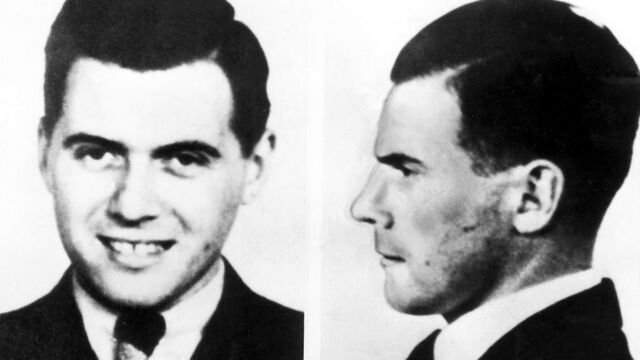The dark times of the holocaust still send shivers down the spines of many. With the mass genocide of the prisoners, some comrades of Hitler took pleasure in inflicting pain. One such individual was Josef Mengele. For a justified reason, the infamous scientist in the team of Hitler’s army, Mengele was termed the ‘Angel of Death’ by the survivors of Auschwitz camp.
Discover our latest podcast
Mengele’s experiments
Mengele was given permission by his superiors to experiment on the prisoners in Auschwitz, however, his real fascination lay with children, especially twins. He wanted to find out how twins exist biologically. He was obsessed with twin children and would separate them from their parents to conduct inhumane experiments on them.
As reported by BBC, one surviving pair of twins named Olga & Vera Kriegel recalled their experiences. They were taken to the camp when they were only five years old and were selected by Mengele for experimentation. The survivors recounted that Mengele would amputate the limbs of one twin, without anesthetic, to see if the other twin felt any pain.
Mass execution of Twins
As per records, there were 3000 twins admitted to the concentration camp of which only 200 survived. Mengele would inject the children with various serums that would contain diseases to see who would survive. It was also suspected that he tried to sew a pair of twins together in order to create Siamese twins. The experiments, often fatal, would leave devastating effects on those children.
During the liberation of Auschwitz, Mengele escaped from the hands of British soldiers and took refuge in South America, Brazil. According to History, it was confirmed in 1985 that he died in 1979, from a stroke while swimming. No matter how much time has passed, the victims of his cruel actions would always be remembered.
Read more:
⋙ Irma Grese, the 18-year-old girl who tortured her prisoners to death during World War II
⋙ The dark deeds of Reinhard Heydrich, the 'Butcher of Prague'
⋙ The sinister story of the Radium Girls, the women who worked in clock factories during WWI















